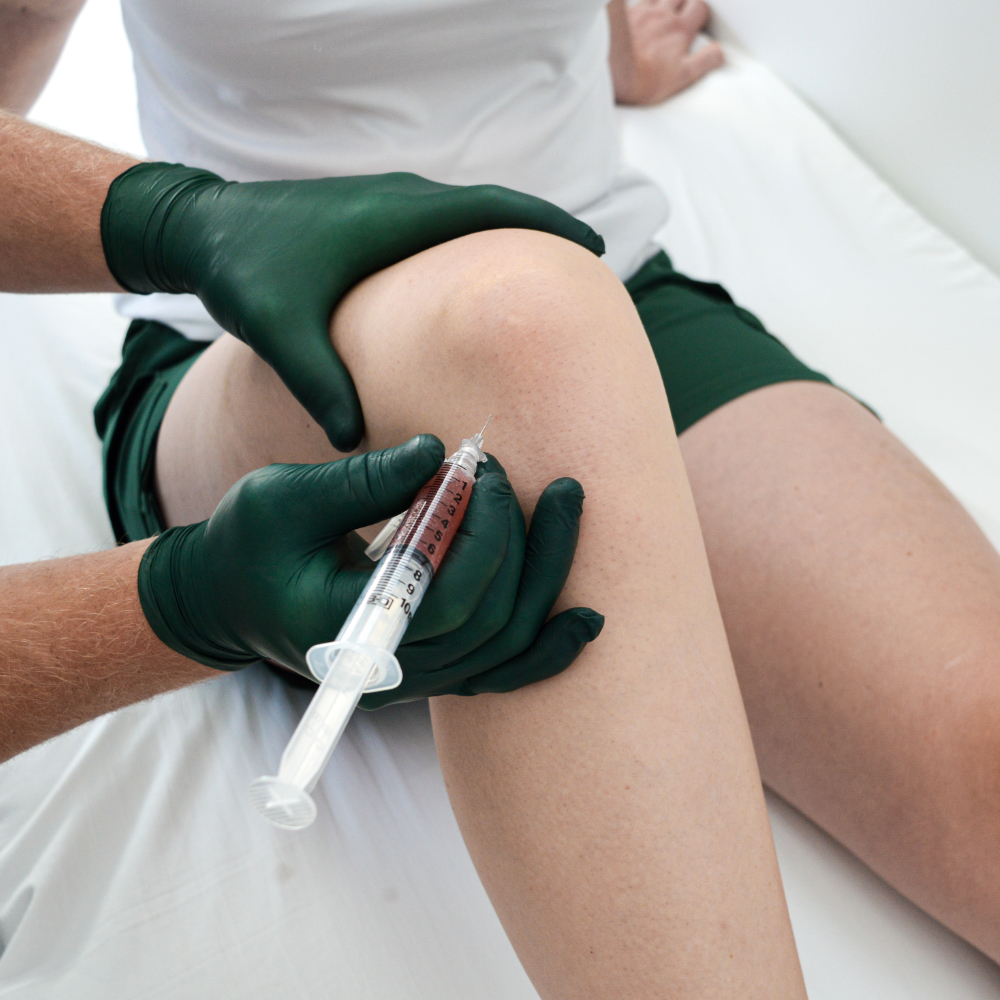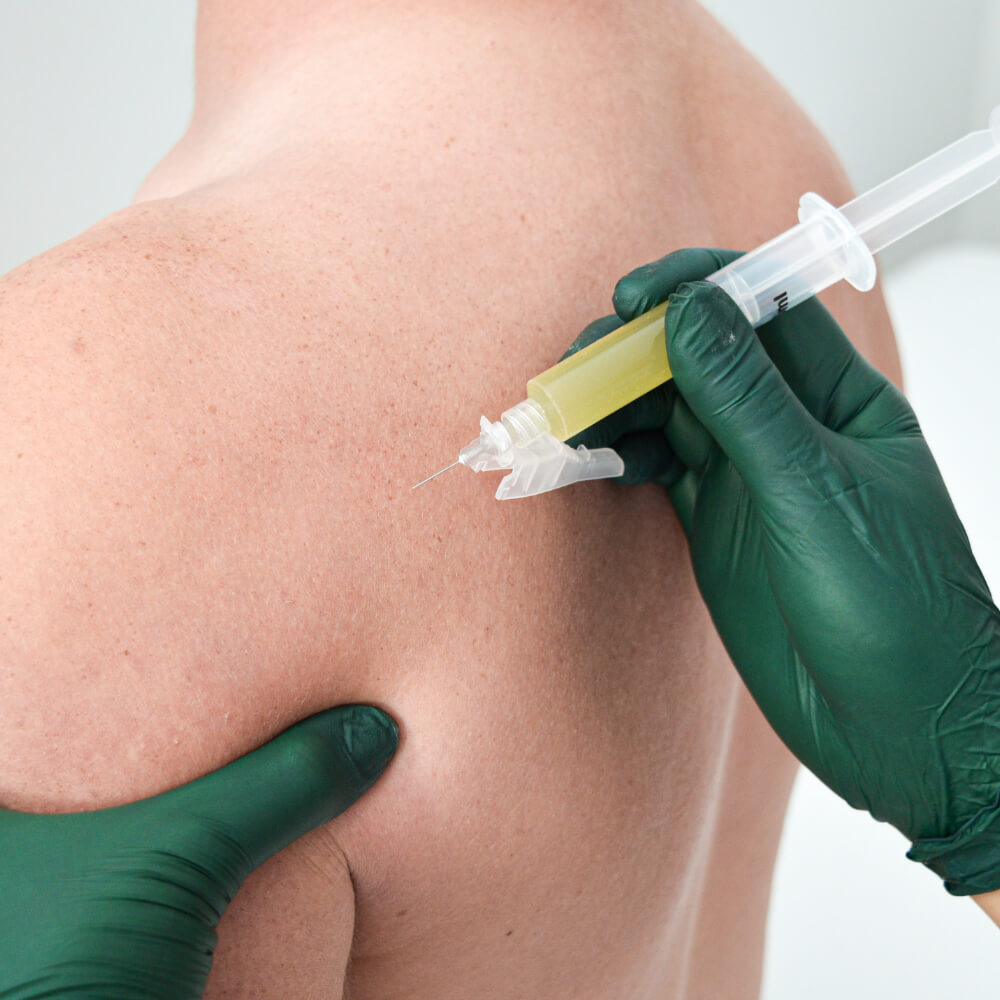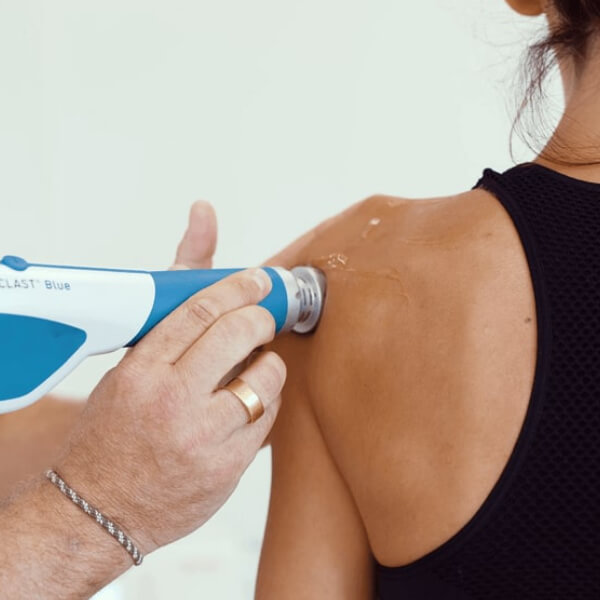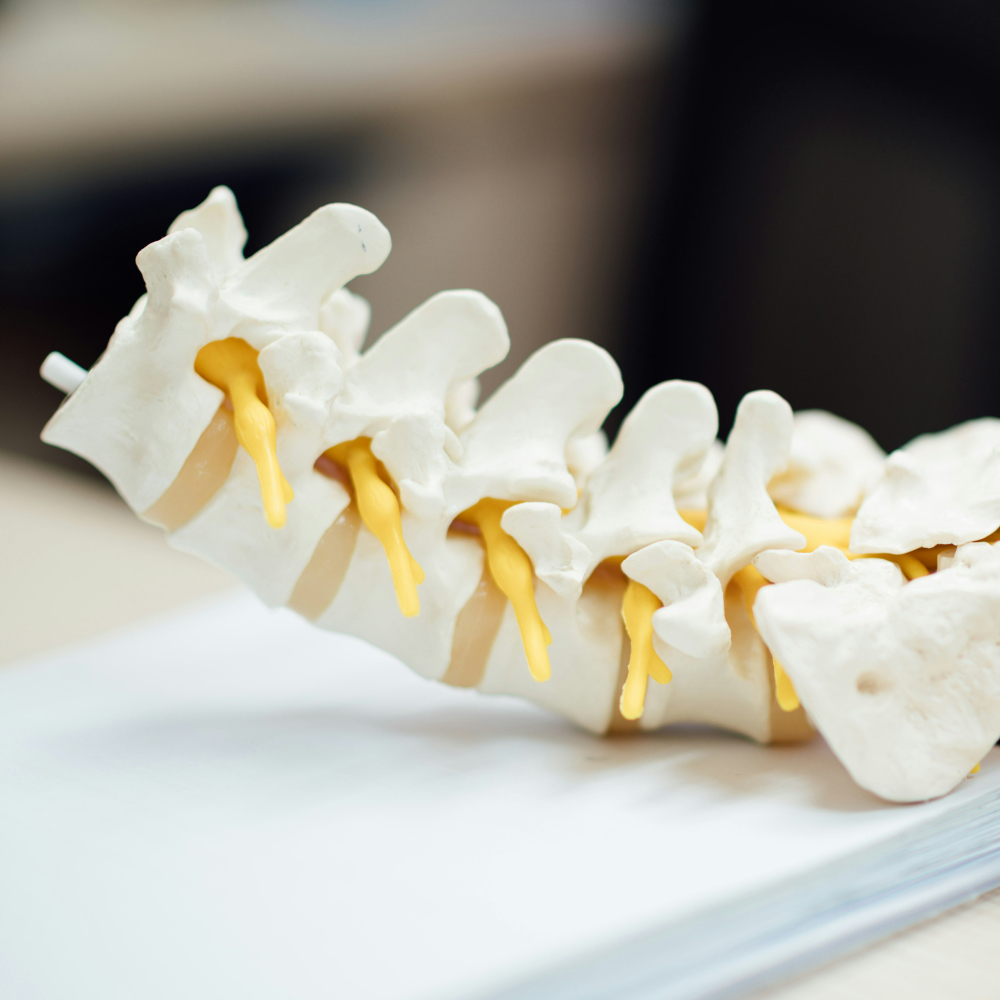Prolotherapy
Prolotherapy, short for proliferative therapy, is a medical procedure aimed at treating chronic musculoskeletal pain. It involves injecting a solution of dextrose (a sugar) and lidocaine (an anesthetic) into damaged or weakened ligaments, tendons, or joints.
The goal is to stimulate the body's natural healing processes, bringing white blood cells, growth factors, collagen, and cytokines into the area. This allows the body to focus its healing abilities on a specific region.
Mechanism of Action
The injected solution irritates the tissues, triggering a localized inflammatory response. This inflammation prompts the body to send healing cells and substances to the site, promoting tissue repair and regeneration.
Over time, this process can strengthen weakened ligaments and tendons, reduce pain, and improve joint function.
Indications for Prolotherapy
Prolotherapy may be recommended for various conditions, including:
- Chronic ligament and tendon pain, such as in the knees, shoulders, elbows, or ankles.
- Osteoarthritis, particularly in joints like the knees, hips, or hands.
- Joint instability, where ligaments are lax, leading to frequent dislocations or subluxations.
- Musculoskeletal injuries, such as sprains, strains, repetitive stress injuries, or issues arising from motor vehicle accidents.
- Migraines and headaches.













